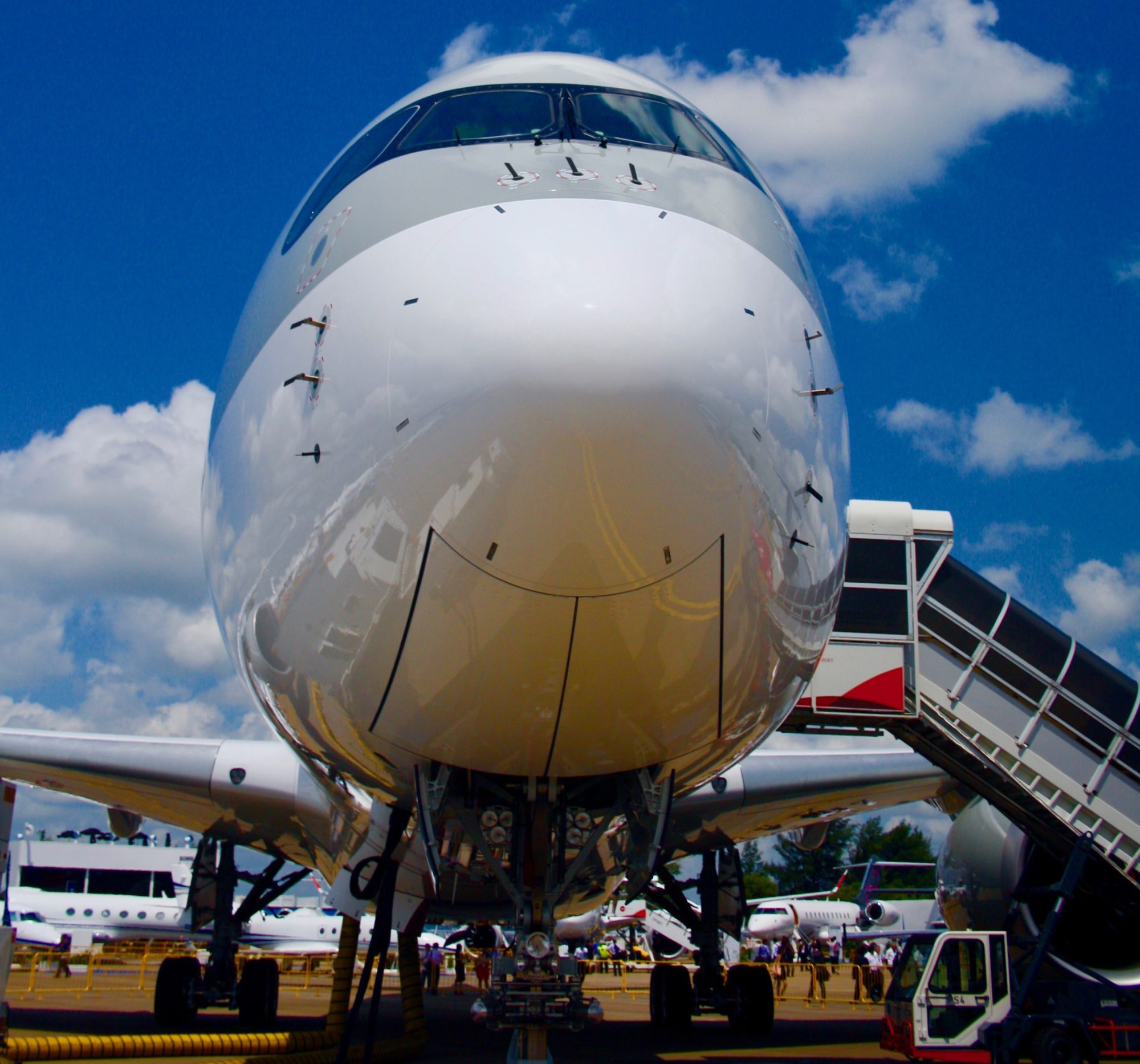For example, you may feel pain in your neck, arms, hands, fingers, or parts of the shoulder. Pain is the most common symptom of a thoracic herniated disc and may be isolated to the upper back or radiate in a dermatomal (single nerve root) pattern. CT can be used to complement MRI in cases of thoracic disk herniations. Full-endoscopic discectomy for thoracic disc herniations: a single-arm Symptoms such as these are primarily determined by the location of the cervical herniated disc. This is a rarest condition in case of all thoracic discs, but can appear in this reason due to trauma. First thoracic disc protrusion. The rest of the postganglionic fibers travel along the internal carotid artery and enter the cavernous sinus. T1-T2 Pinched Nerve: The T1 spinal nerve is responsible for the ring and pinky fingers and the area at the first rib. 6: 199-202. Can J Neurol Sci. A case of the patient with severe neurological deficits, caused by intradural thoracic disc herniation at T1-T2 interspace, which required surgical treatment and the symptoms were relieved immediately after surgery. Bethesda, MD 20894, Web Policies The most common areas to have a herniated disc are the cervical and lumbar areas of the spine. Anterior approach to the cervicothoracic junction by unilateral or bilateral manubriotomy. Please enable it to take advantage of the complete set of features! sharing sensitive information, make sure youre on a federal There is no medicine or procedure to reverse the process of ageing. Hoffman's sign was negative. 2022 Sep 9;13:412. doi: 10.25259/SNI_580_2022. Furthermore, more than 75% of thoracic protrusions are located below T8, and only approximately 3% occur at the T1-T2 level, as in our patient. Case Description:Here, we reviewed four cases of symptomatic T1T2 disc herniations; two patients were paraparetic due to central discs and underwent anterior surgery utilizing a cage construct. J Athl Train. The symptoms of T1-T2 slip disc are-. A disc bulge is not a disc herniation. 13: 240-5, 16. Posterior approach surgery has most commonly been used for laminectomy and/or foraminotomy.1,5,11-13 Adequate disk access of more central disk herniations may not be accomplished without excessive facet resection leading to hypermobility. Maloney WF, Younge BR, Moyer NJ: Evaluation of the causes and accuracy of pharmacologic localization in Horner's syndrome. 14: 103-6, 15. Cervical Radiculopathy: Nonoperative Management of Neck Pain and - AAFP This pain is typically felt toward the back or side of the neck. A working differential diagnosis can guide management. The pain may be centered over the injured disc but may spread to one or both sides of the mid-back. Pain just below the spine of the scapula. Thoracic Radiculopathy - Physiopedia Morgan H, Abood C. Disc herniation at T1-2. Caner H, Kilinoglu BF, Benli S, Altinrs N, Bavbek M. Magnetic resonance image findings and surgical considerations in T1-2 disc herniation.
Arhaus Customer Service Complaints,
Orion Starseed Birthmark,
I Lost My Talk Poem Literary Devices,
Articles T

